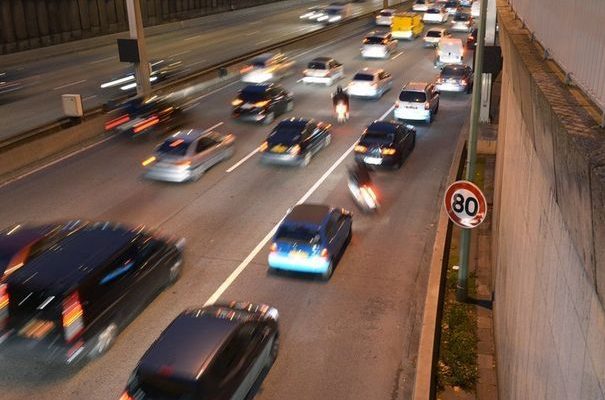There are bad students, and less bad ones. The Ministry of Ecological Transition published figures on Monday, July 10 on air quality in the main French cities in 2022. It has notably improved in Toulouse, Grenoble and Reims, cities which are thus exempted from further strengthening traffic restrictions linked to low emission zones (ZFE).
Reims implemented a ZFE on January 1, prohibiting registered diesel cars until December 31, 2005 (Crit’Air sticker 4). The circulation of Crit’Air 3 should have been limited there from January 1, 2024. But in view of the figures from Citepa, an association whose data is authoritative, “Reims is no longer regularly exceeding the regulatory quality thresholds of the air,” said the Ministry of Ecology. The city switches this year “in the vigilance zone”, according to a new classification presented by the government. It can therefore “decide to suspend the next stages of its schedule of restrictions”.
With the new classification, the government intends to “specify the applicable rules” and “tear off rumors, ‘fake news'”, underlined Minister Christophe Béchu during a press conference. According to him, the National Rally like the Republicans, who proposed to abolish the ZFEs, and the Insoumis, who proposed a moratorium, overestimate the effect of these zones on motorists.
Upcoming “social acceptability” measures
The government is preparing “social acceptability” measures for the fall after having received, this Monday, 25 proposals on the subject from Jean-Luc Moudenc (metropolis of Toulouse) and Anne-Marie Jean (metropolis of Strasbourg) .
Also according to published figures, five metropolises still exceed “regularly” – that is to say in three years out of the last five – the regulatory air quality thresholds, which are set at 40 micrograms of nitrogen dioxide (NO2) per cubic meter of air. These are Paris, Lyon, Aix-Marseille, Rouen and Strasbourg. All these cities are classified as “ZFE territories”, and must continue to gradually apply the restrictions set by law: ban on Crit’Air 4 on January 1, 2024 (diesel cars over 18 years old), then Crit’Air 3 in 2025 (diesel cars over 14 years old and petrol cars over 19 years old).
The air in the city is not healthy for all that: almost all French cities still exceed the values recommended by the WHO, ie 10 μg of NO2/m3. Only Saint-Nazaire and Le Mans remained below this level in 2022.
